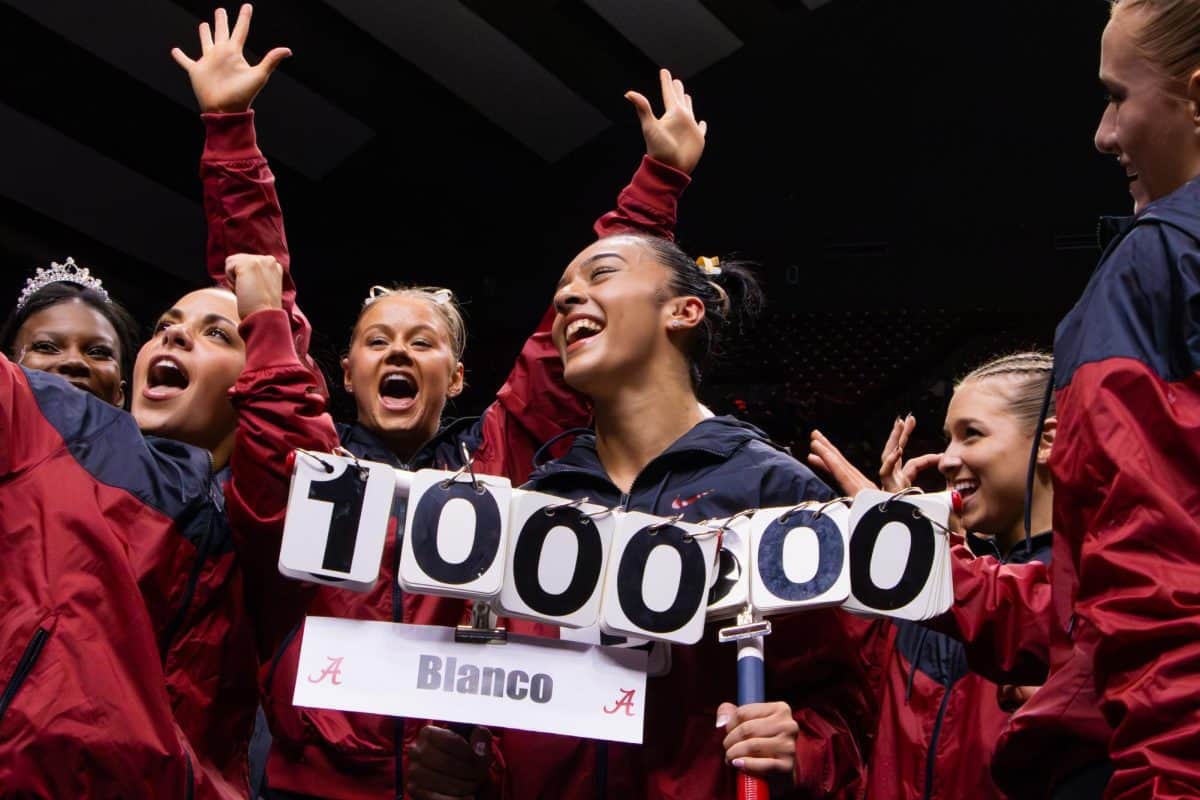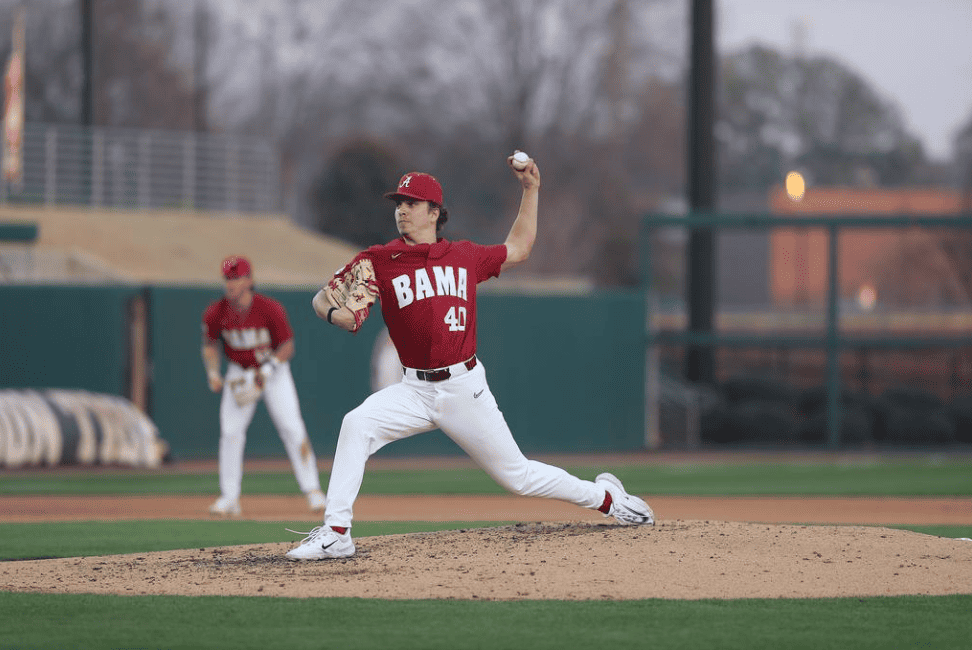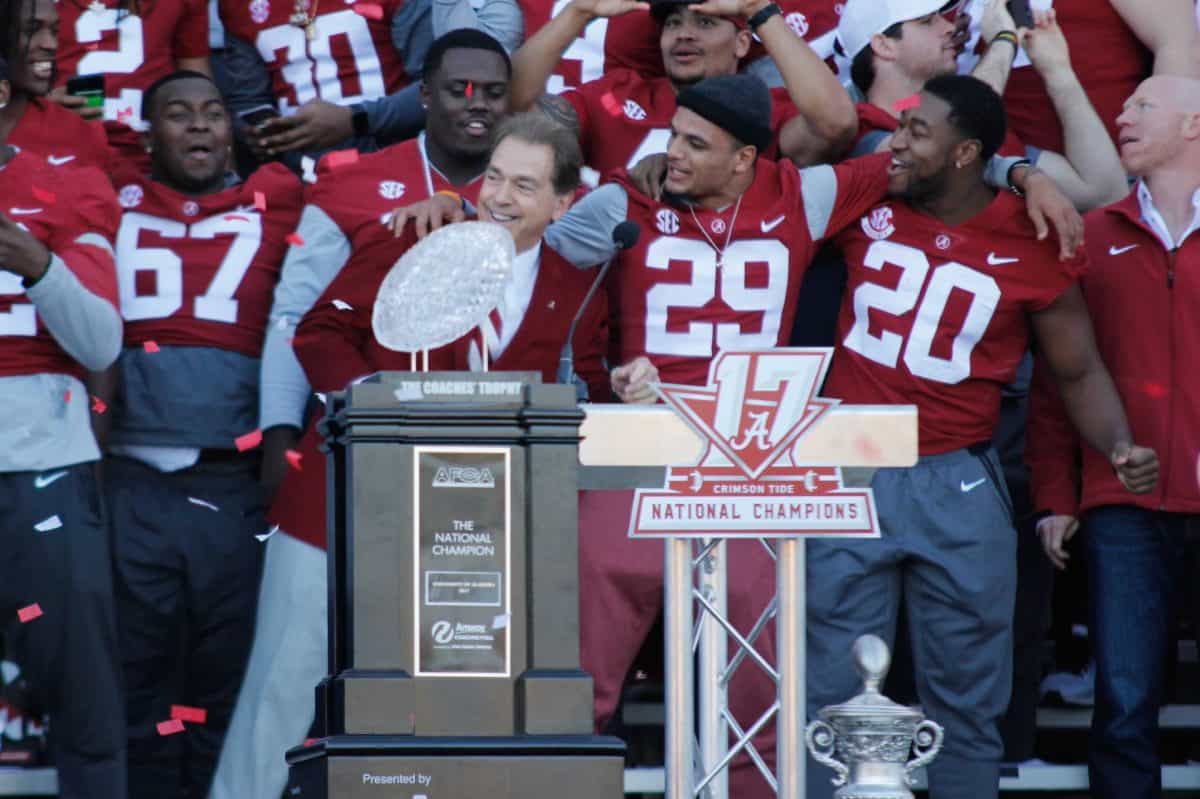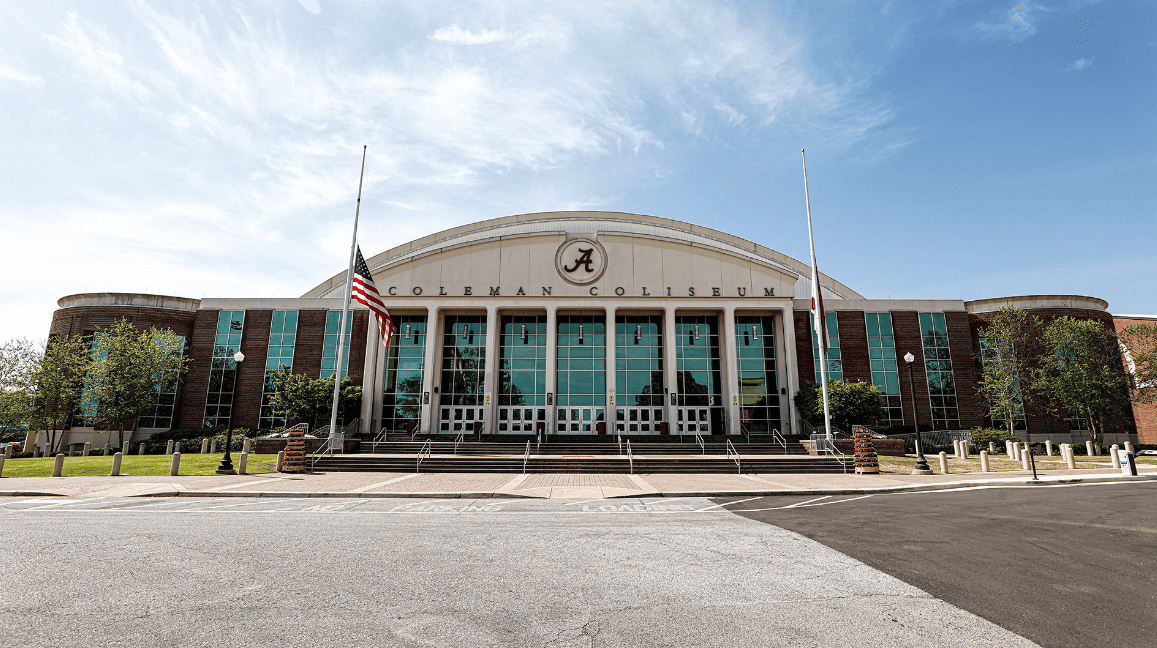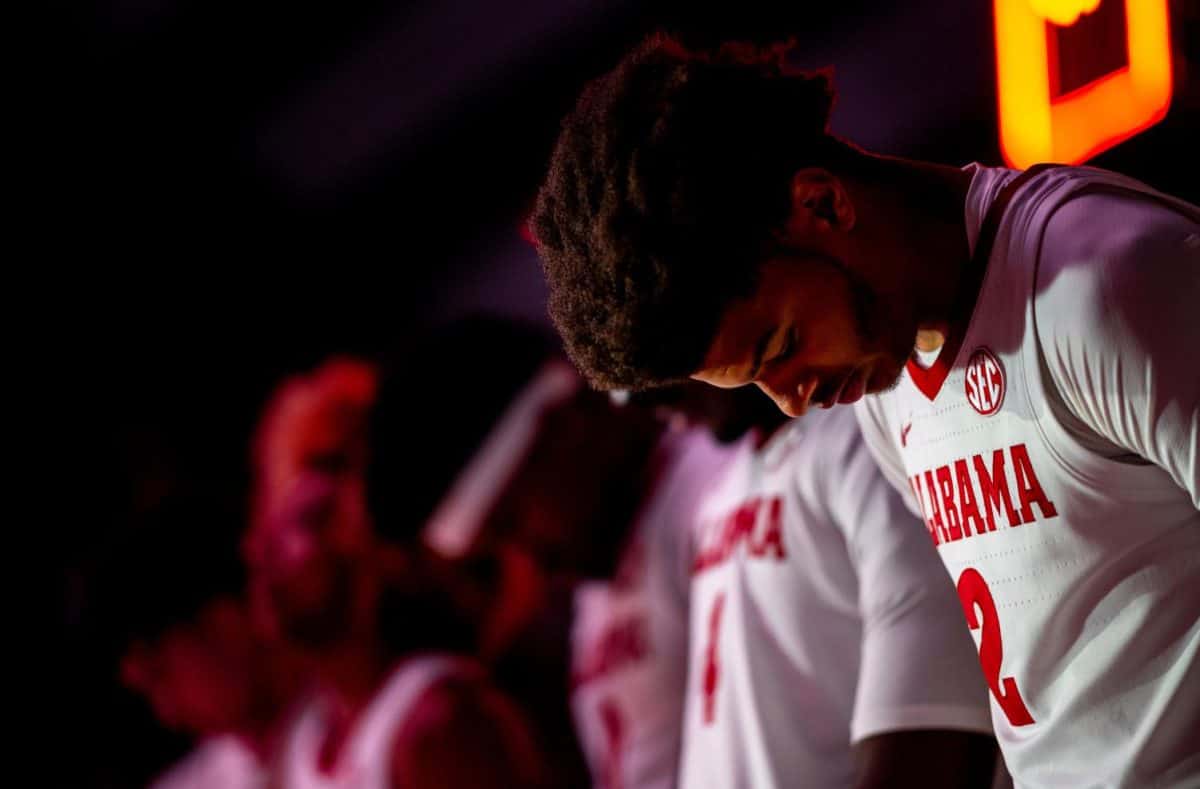According to a survey conducted at The University of California at Santa Barbara, 17.3 percent of college students skip a meal every week in an effort to save money. This phenomenon is not unique to UCSB. According to a study conducted at Western Oregon University, 59 percent of college students at the university were food insecure at some point in 2013. Rising tuition rates are forcing some students to choose between paying for education and eating.
The University of Alabama Student Government Association, UA Parents Association and Bama Dining created the “Got Meals?” program to help alleviate food insecurity, but the “Got Meals?” program provides for a meager number of students, and some semesters it does not even have enough meals for the small number of students it serves. In the spring of 2013, the “Got Meals?” program fell 70 meals short of the amount needed to care for the 22 students enrolled in the program. In spring of 2014, the program had meals in excess, but it only provided meals for 17 students. The “Got Meals?” program’s banner semester, fall of 2013, was marked by a surplus of 423 unused meals and 503 meals disbursed, but only 52 students were enrolled in the program. The “Got Meals?” program is a good start, but the University needs more.
For comparison, between the UCSB food bank opening in April 2011 and winter 2013, the food bank provided over 10,000 meals to 1,500 students. The UCSB food bank was not only effective, but it was economically feasible as well. According to the UCSB Associated Students, the food bank was operated on a student fee of $1.81 per undergraduate student and 80 cents per graduate student.
The University of Alabama has the resources to create a program like the food bank at UCSB. The Spirit of Alabama Act, introduced by Patrick Fitzgerald during the last senate session, would have raised $900,000, in part to feed food insecure students. The act would have required only $12.50 from each student per semester, a small sum compared to the $500 out of state tuition increase imposed by the Board of Trustees last year.
The previous SGA executive branch disagreed with the Spirit of Alabama Act, calling it a “tax” by the SGA that would be bad for the student body. On the contrary, it would be good for the student body.
The University can only charge students so much money before enrollment drops and students start seeking other schools. Since the Board of Trustees will likely raise tuition anyway, an SGA tax would let students decide where some of that money goes. If, for instance, students were only willing to pay $500 more than the tuition this semester, and the SGA were to make a $40 student tax, then the Board of Trustees could only raise the tuition by $460 before the University began to lose students and thus, lose profit. As it is, the fee proposed is only $12.50 per semester. A fee of $12.50 to feed hungry students should be non-controversial, especially compared to some of the ways the University spends students’ money, including the $141,000 paid to President Judy Bonner this semester alone.
Fitzgerald is reintroducing the Spirit of Alabama Act this session, and a student group will display its proposal for a food bank on April 13 in the Ferguson Center. Perhaps through efforts such as these, students can take control of the money they spend on school and feed some of the University’s starving students.
TJ Parks is a freshman majoring anthropology, history and journalism. His column runs biweekly.

